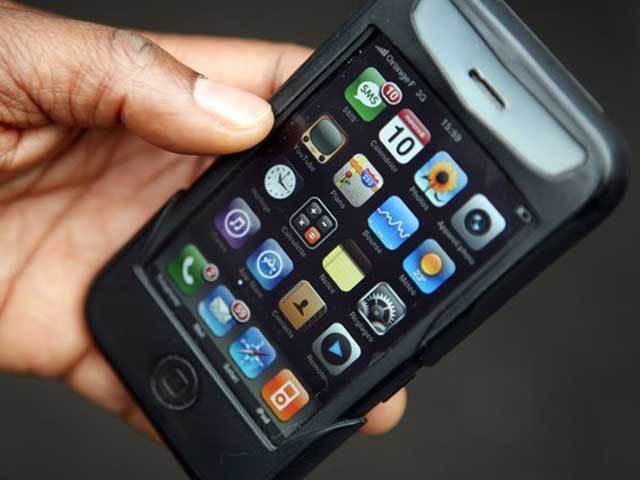The NYPD has been using fake cellphone towers to pull private information from innocent citizens since 2008
03/03/2016 / By Greg White

The New York Police Department (NYPD) admitted to using cell-site simulators, otherwise known as Stingrays, more than 1,000 times between 2008 and May 2015, according to a new report provided by the New York Civil Liberties Union. The documents are the first response to the Freedom of Information Law request filed last year.
Stingrays function by mirroring how cellphone towers work. They collect data by causing all nearby phones to connect to them, thereby pinpointing the location of a user. This in turn gathers information from potentially hundreds of innocent people.
The NYPD has never admitted that they have used Stingrays before. Other departments based in Baltimore and Chicago have acknowledged that they use the cell-site simulators. Many have suspected that Stringrays could be in use in the city.
No warrant obtained by NYPD before using Stingrays
According to the documents, the NYPD has used Stingrays more than 1,000 times since 2008. They also disclosed that they did not obtain a warrant prior to implementing the Stingrays. Instead, police obtained a “pen register order” from a court, commonly used to obtain information from a targeted cell phone.
These orders did not mandate that law enforcement establish a probable cause. According to the FOIL response, they tended to involve a low-level court instead of a warrant, which is common in U.S. police department and has received criticism from numerous civil liberties groups.
Back in September, the Justice Department uplifted a law, which required law enforcement agencies to obtain a search warrant before using a Stingray. The device was originally developed in 2003 for military purposes. The ACLU reports that Stingrays are used by a minimum of 59 police departments in 23 states, as well as 13 federal agencies like the DEA, FBI and IRS.
Stingrays have triggered a debate over privacy concerns. “Cell-site simulators are powerful surveillance devices that can track people, including in their homes, and collect information on innocent bystanders,” Mariko Hirose, a senior staff attorney at the NYCLU, told sources. “If they are going to be used in communities the police should at minimum obtain a warrant and follow written policies.”
Law enforcement agencies have tried to keep Stingrays hidden from the public. They even dismissed criminal cases in order to prevent disclosing information about them. The FBI has made local police agencies sign non-disclosure agreements about Stingrays too, arguing that terrorists who know about the device could find ways to combat its efficiency.
“I think it’s critical to have transparency about the use of technology like Stingrays,” Faiza Patel, an attorney with the Brennan Center for Justice, told the Intercept. “That’s what allows courts, the public, and our elected officials to weigh in on the proper rules.”
Applying Department of Justice’s new guidelines to everybody
Back in September, the Department of Justice released new guidelines, requiring officers to obtain probable cause warrants prior to unleashing a Stingray. Unfortunately, the guidelines are limited to law enforcement agencies, and do not apply to state and local police officers. The state of Maryland has even gone so far to argue that anyone with an active cellphone has consented to having tabs kept on their location, whether they realize it or not.
In November, Senator Ron Wyden, D-Ore., and Rep. Jason Chaffetz, R-Utah proposed the GPS Act, which would expand the Department of Justice’s updated guidelines to all law enforcement agencies.
“Buying a smartphone shouldn’t be interpreted as giving the government a free pass to track your movements,” Wyden said.
Sources include:
(1) TheVerge.com
(2) TheIntercept.com
Tagged Under: Department of Justice, law enforcement officers, NYPD, privacy and surveillance, Stingray, warrant


















